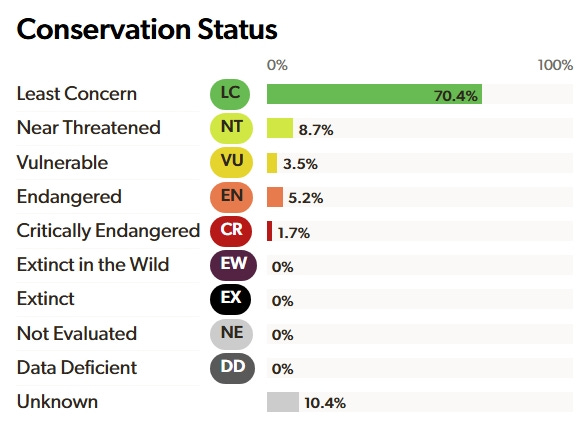Study of the New World Warblers (Parulidae):

First off, I must say, whenever I first heard of the term “New World” and “Old World” birds I was kind of confused. I did some research after hearing about those type of birds and it all started to make sense. I’ll go-ahead and define both before starting the study on “New World” Warblers.
New world Birds: “New world” is for species that inhabit the Americas, as well as some islands in the Atlantic and Pacific oceans.
Old world Birds: “Old world” is for species that are native to o Asia, Africa, and Europe.
So, in all reality it is very simply put.
Now to the study of the New World Warblers (Parulidae):
There are 120 species in the New World Warbler family. They’re often called wood warblers too.
New World Warblers (wood warblers) are called “wood warblers” due to their habitat range, as they are often found leafy environments and are also known for their distinctive whistling calls. “New World” and “Old World” Warblers can be called “wood warblers”. They both like the same types of environments, may vary depending on location.
Habitat and Range:
New world Warblers in temperate North America can have diverse habitat preferences and ranges. Some habitats they prefer can include: Marshes, shrubland, and old-field habitats to mature deciduous and boreal forests. Many of the species spend their time foraging for food on the ground. They primarily range from the Americas. Spanning from Alaska and Newfoundland in the North, all the way down to the West indies, Peru, and also the Galapagos Islands.
Range map from Birds of the World:
🟪= Year-round.
🟧= Breeding.
🟦= Non-breeding (wintering grounds).
Hopefully that map gives you a good prospective of their range during all months of the year.
Their Diet:
As most birds New World Warblers feed on primarily insects and other small invertebrates. Though some occasionally feed on small fish for waterside species. Some species will feed on fruit or nectar during the non-breeding season. Theres not a whole lot to say about their diet.
Breeding Behaviors:
New world Warblers are pretty socially monogamous with biparental care. Most of the New World species construct an “open cup nest”, which, in different species, may be placed anywhere from the ground to high in the canopy of tall trees. There are two species that adopt tree holes for their nests, interestingly enough. Most New world Warbler species lay 2-7 eggs (with smaller clutches in tropical species and up to 9 eggs occasionally in northern species). It seems the farther north you go the more eggs they lay, very fascinating. Females are the ones who usually construct the “open cup nest”. They will incubate the eggs up to 17 days before the eggs began to hatch.
Go here to learn more about bird nest types: Bird Nest Types.
Characteristics and Behaviors:
Most new world Warbler species range from 4-7.5 inches in size. They are long, with slender beaks and have short, pointy bills. Most have 9 primary feathers instead of 10, like many other bird species. They are known for their fast movements often seen moving from branch to branch. Just like all birds they communicate by songs and calls. Something that is handy for us birders is: Some species have very distinctive songs that can be memorized over time. Many of the new world Warbler species migrate to warmer parts of the world during the winter.
Conservation Status:
Sadly, habitat loss threatened 24 new world species 22% of the new world Warbler population. Two species, Bachman’s Warbler (Vermivora bachmani) and Semper’s Warbler (Leucopeza semperi), have most likely gone extinct in recent years, although both are officially listed as critically endangered.
Here is a graph of their status by Birds of the World.
So overall the new world Warbler status isn’t terrible.
I really hope you learned a good bit about “New World” Warbler family.
If you learned something new in this post, be sure to share it with friends and family all over the world so we can grow the birding community. To do so just hit the little orange button below :).
Also, don’t forget to subscribe to my Substack to date up with The Birder’s Way.
Written by Caleb Shingleton.
The Birder’s Way platforms:
Happy Birding!





